Koagannu — Preserving the Oldest Cemetery, in Hulhumeedhoo
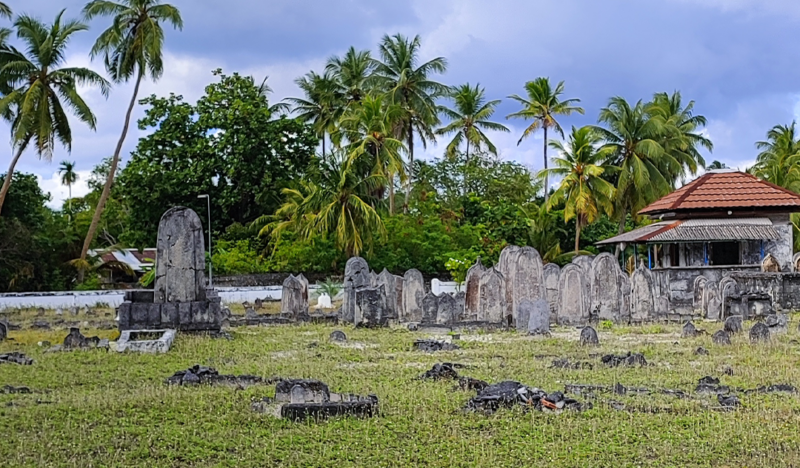
Koagannu Cemetery is the oldest and largest cemetery in the Maldives, located in Hulhumeedhoo. Maritime Asia Heritage Survey wrote, “culturally significant but endangered” describing the importance and current plight of the much-neglected landmark.
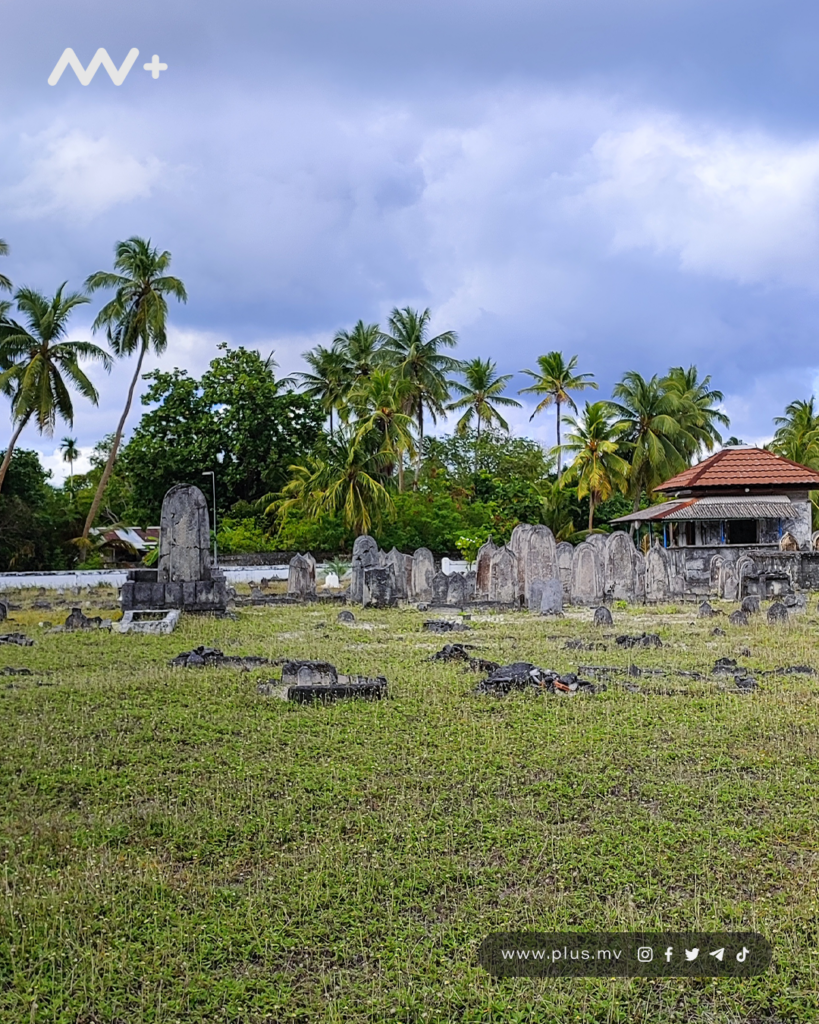
Chief Justice Mohamed Shamsuddine and his three sons built the cemetery after they were exiled from Malé to their native island Meedhoo during the reign of Uteem Sultan Shuja’I Mohamed Imaduddhine I.
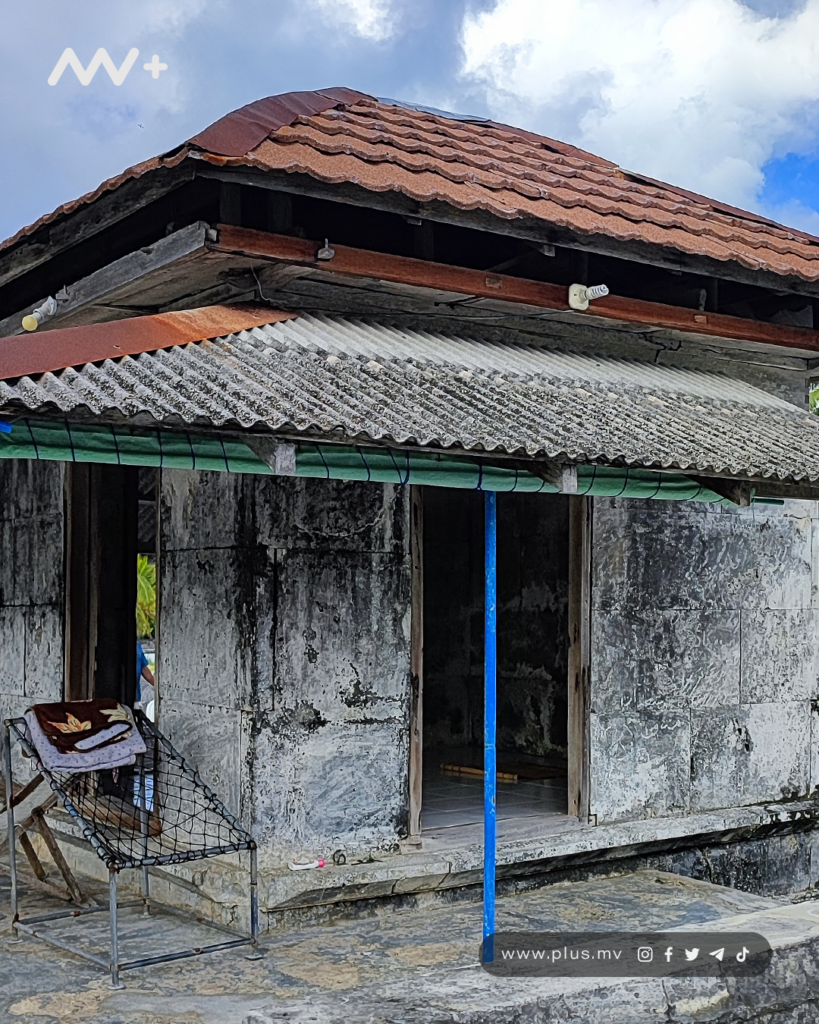
The first mosque, Fandiyaaru Miskiiy, was built on the burial grounds by Chief Justice Mohamed Shamsuddine and his three sons in the 12th century. Fandiyaaru Miskiyy was built entirely by hand.
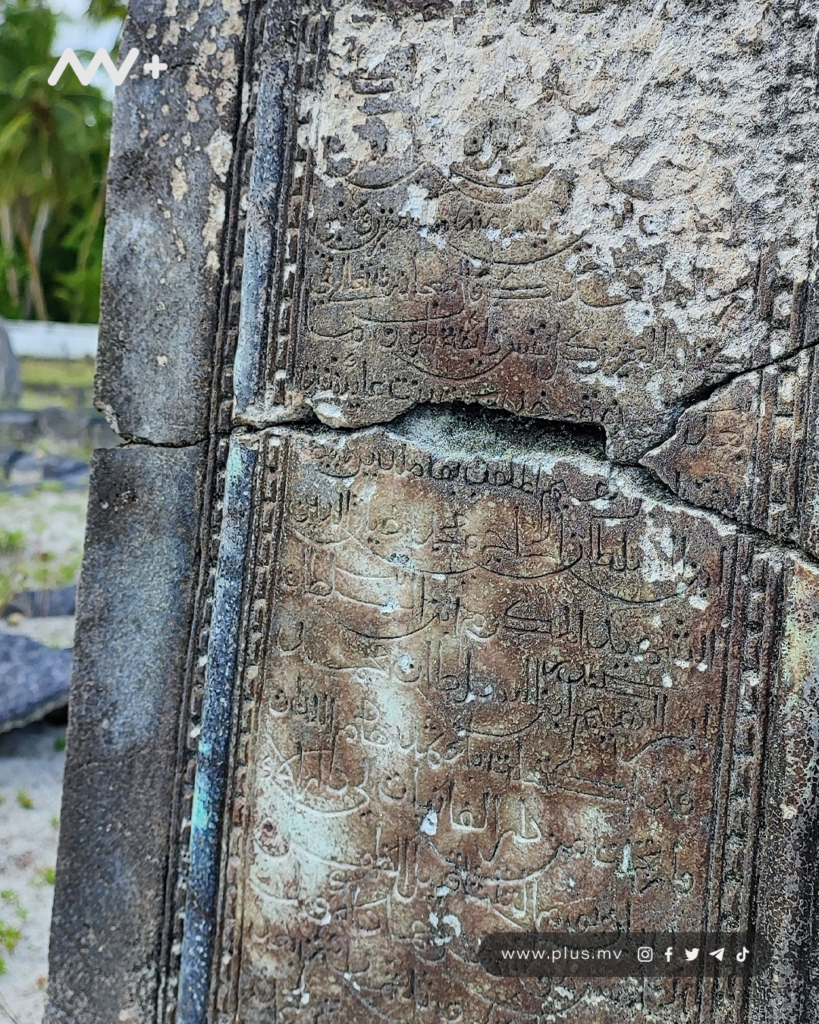
The necropolis is believed to be the first site where people were buried according to Islamic customs. And, many point to Koagannu as proof of the first Maldivian island where Islam was practiced.
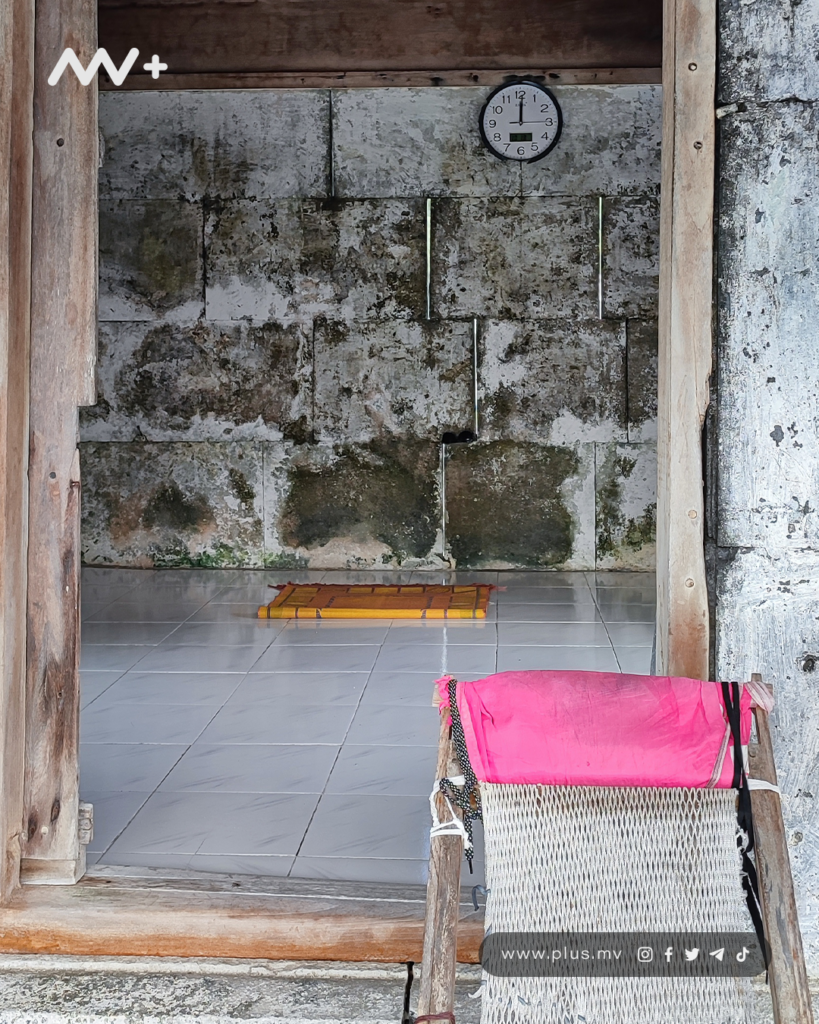
In the 12th century, Yoosuf Naib, an Arab traveler settled on the island and introduced Islam to the islanders in Meedhoo. It is believed that grave markers associated with his family members are in Koagannu Cemetery. The noble families of the island maintained the cemetery site until 1970.
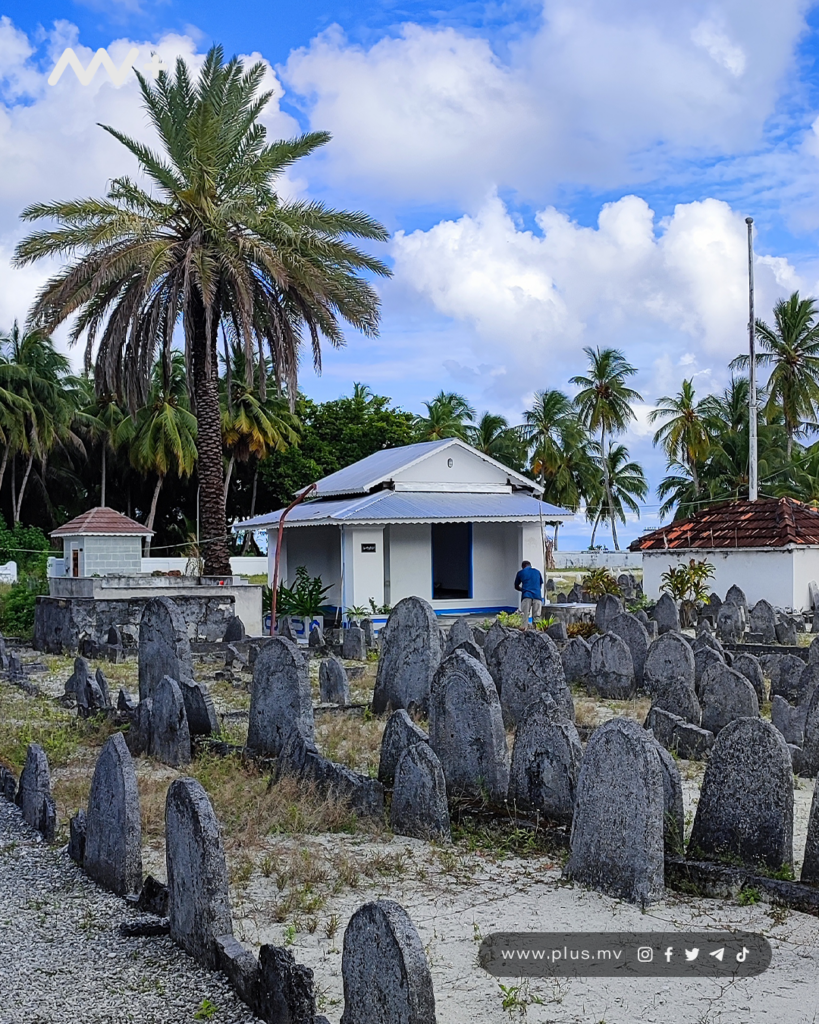
One of the more morbid things you’d notice in the necropolis is the sheer number of small gravestones inches in front and towered by larger gravestones. They represent the women who died during childbirth; the ones who had to be buried with their babies. Due to advancements in the medical field, mothers dying during childbirth are rarely heard of these days.
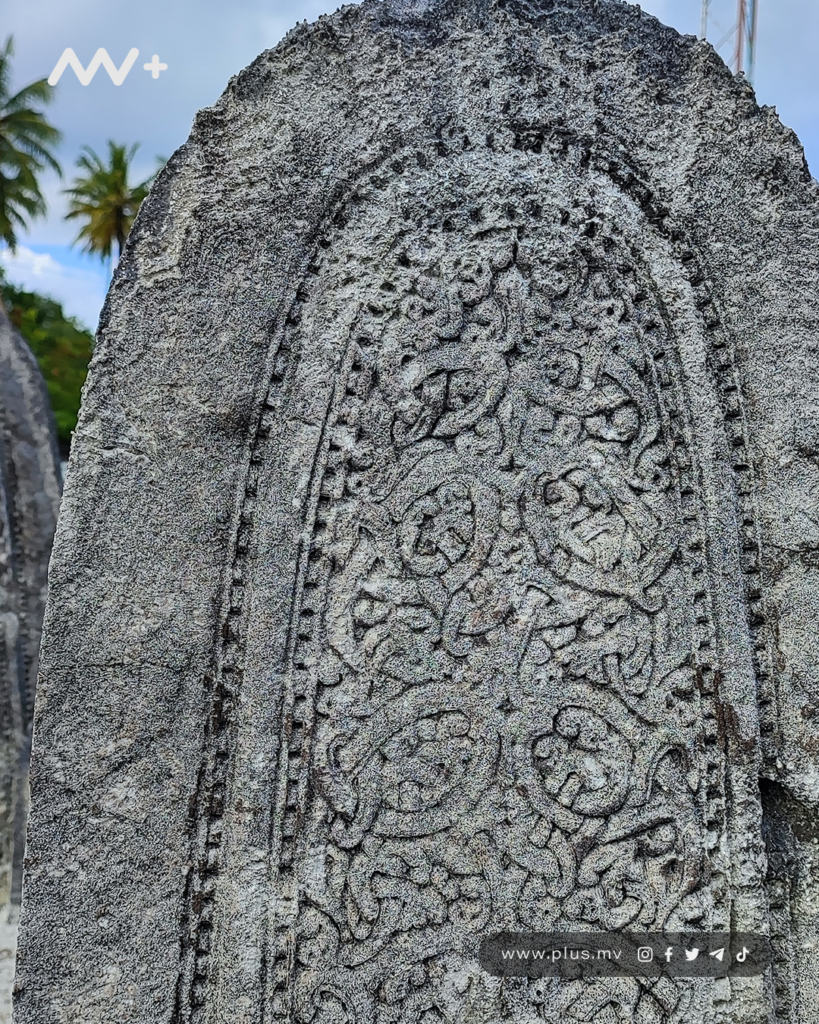
The cemetery, which is over 900 years old, has more than 1500 tombstones and seven small mosques of which only four remain. They are Koagannu Miskiiy (1397), Boadhaa Miskiiy (1403), Athara Miskiiy (1417) and Hulhumeedhoo Fandiyaaru Miskiiy (1586). The seven mosques are believed to have belonged to seven neighbourhoods of Hulhumeedhoo.
The mosques are constructed on a small platform of coral block masonry (ހިރިގާ) complemented with timber carpentry techniques for construction.
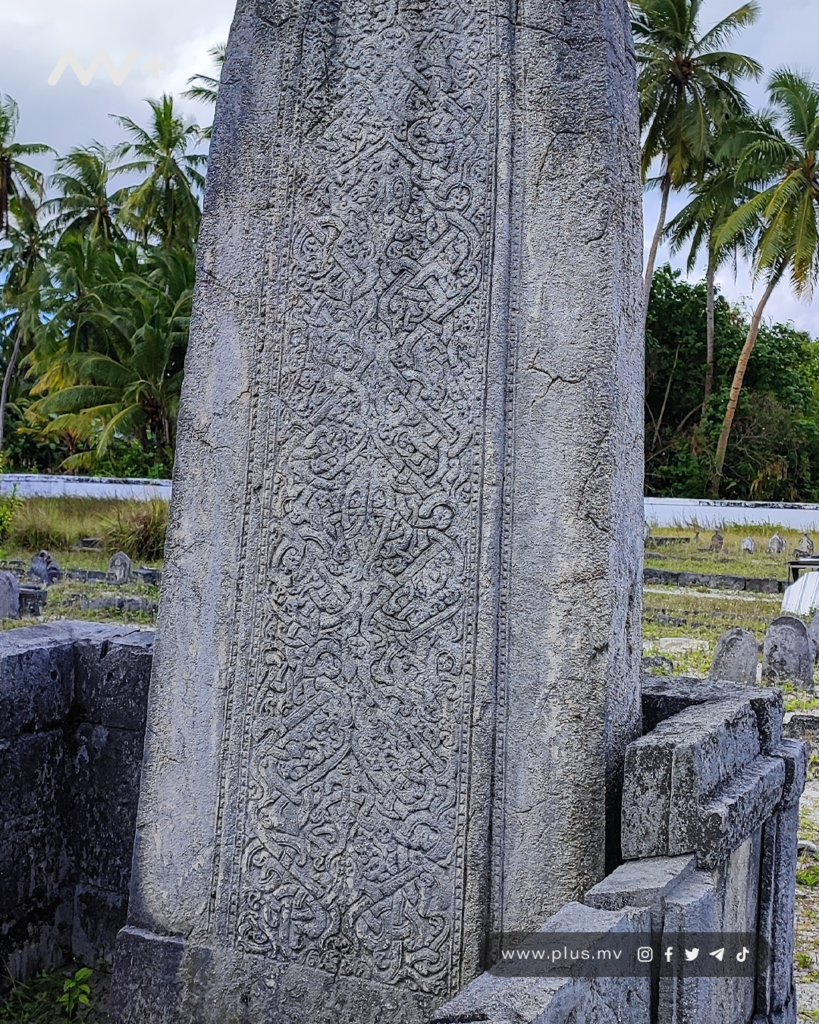
Koagannu has one of the largest and tallest coral grave markers in the country. It stands at 2.4 meters and is believed to be the largest tombstone in the world. The local islanders believe that the tombstone dates back to the 18th century. Many of the grave markers belong to scholars and nobles of the country from hundreds of years ago.
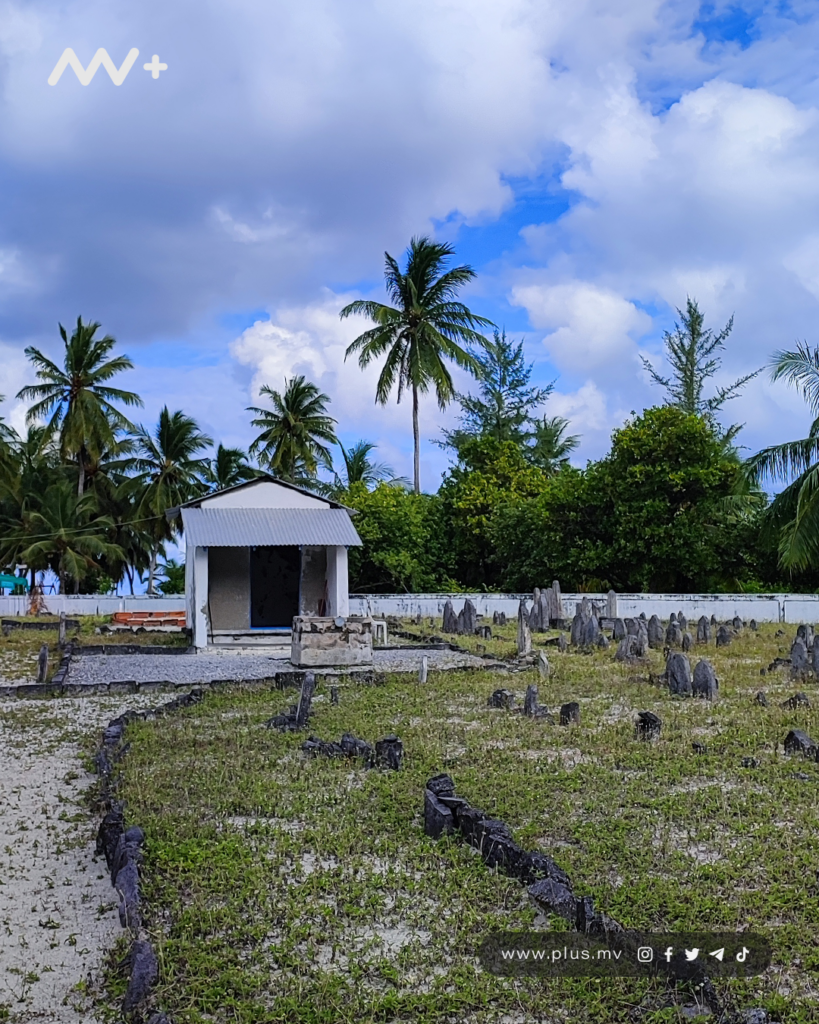
Meedhoo natives practiced an ancient art of coral carvings with archaic Dhives Akuru script. The graves displayed coral carvings of Arabian art and special wordings by Meedhoo natives.
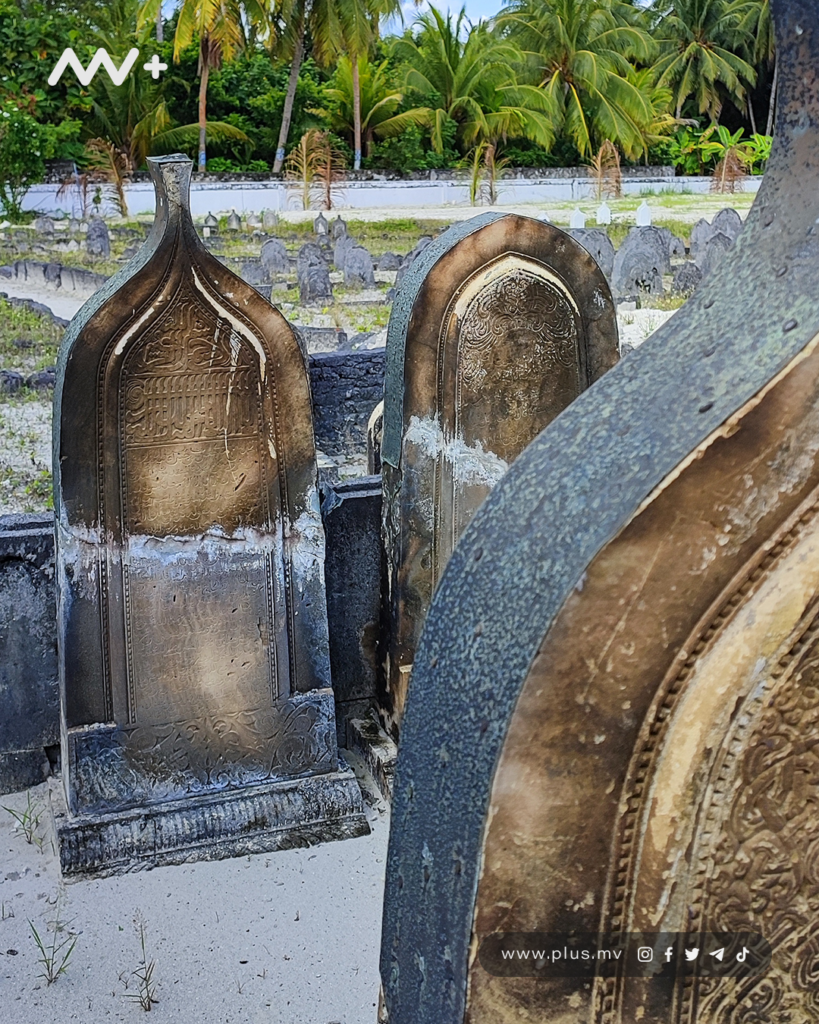
The Koagannu Cemetery recently made it to the 2022 World Monuments Watch, which is one of the most significant heritage sites in need of immediate attention. Throughout the years, the coral grave markers have been vandalised and broken. The burial ground and the site’s authenticity and structural integrity have not been maintained properly.
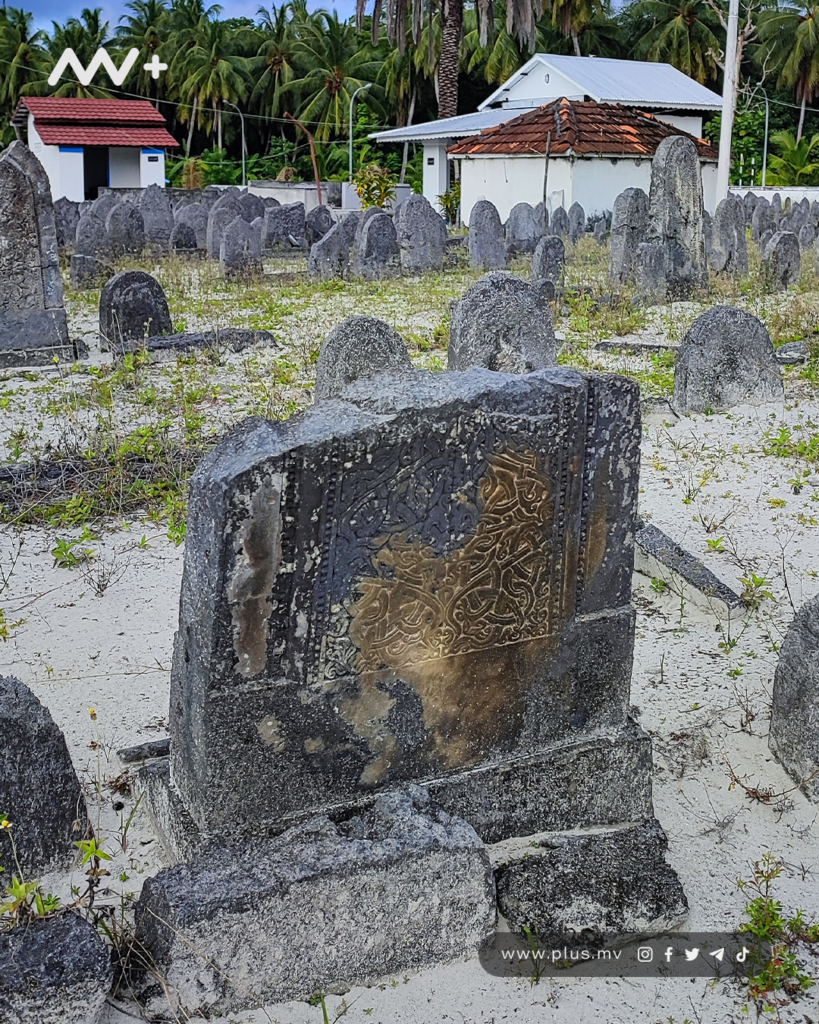
It is important to protect and preserve the heritage of these structures. Long-term maintenance of these sites and coral grave markers is integral to the survival of our colourful history.
#KnowYourRoots






